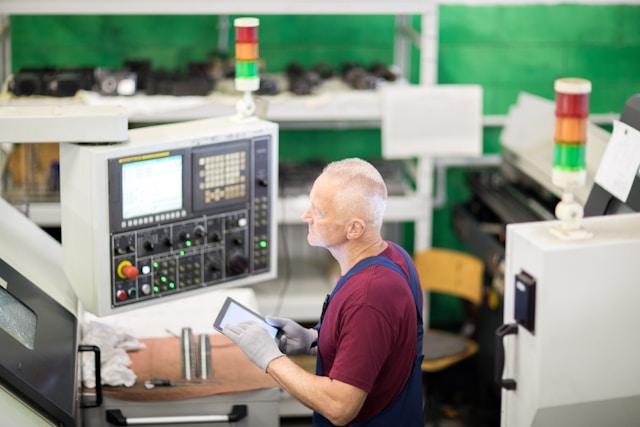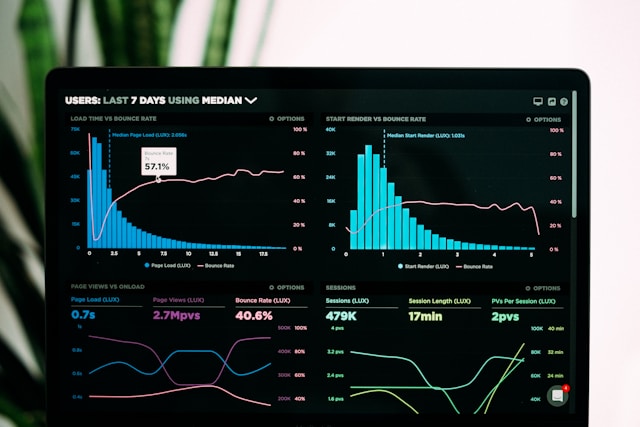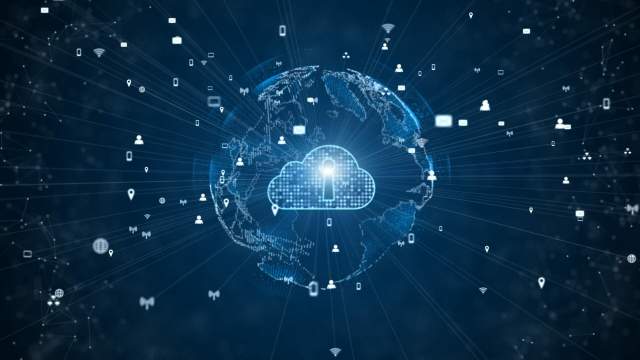Introduction to Edge Computing
Have you ever stopped to think about how much data we create every single day? I mean, from the second you wake up and check your phone to every online purchase you make, data is constantly flowing. For businesses, getting the most out of this data in real-time is like finding the holy grail. That’s where edge computing comes in, and, well, it’s promising a total revolution in how we process and analyze information. So, instead of sending all that data to a distant cloud, what if we could process it closer to the source, at the “edge” of the network?

Basically, edge computing is a distributed computing framework that brings computation and data storage closer to where it’s actually needed. Think of it like bringing the brains closer to the action. This proximity helps improve response times and save bandwidth.
Why Real-Time Analytics Needs Edge Computing
Okay, traditional cloud computing has done wonders, but it’s not always the best solution for super time-sensitive operations. Actually, in March 2024, a study showed that the edge computing market is growing exponentially. Imagine a self-driving car. It can’t afford to wait for data to travel to a remote server and back before making a split-second decision. This is where real-time data processing with edge computing technologies becomes crucial. The benefits of edge computing in real-time data analytics are undeniable, and they include:
- Ultra-Low Latency: By processing data closer to the source, the time it takes to get actionable insights is way reduced. Latency reduction is one of the biggest advantages.
- Enhanced Reliability: What happens when your internet goes down? Well, with data localization, essential operations can keep going, relying on local processing even with intermittent connectivity.
- Reduced Bandwidth Costs: Transferring massive amounts of data to the cloud is expensive. Edge computing minimizes this by only sending essential or aggregated data, leading to cost benefits of edge computing in data-intensive applications.
- Improved Security: Keeping sensitive data within your premises or a local facility can reduce the risk of data breaches during transit. But, it’s super important to consider the security implications of edge computing in real-time applications and implement robust local security measures.
How Edge Computing Enhances Real-Time Decision-Making
Think about a smart factory floor. Sensors are everywhere, tracking temperature, pressure, vibration, and a bunch of other parameters. Using edge computing for improved operational efficiency, each machine (or group of machines) could have its own dedicated edge node. This node processes the sensor data in real-time, looking for anything that is off.

Let’s say a machine starts to overheat. The edge node detects this right away, triggering an alert — or even automatically shutting down the machine to prevent any damage. You know, this happens much faster than if the data had to be sent to a central cloud server for analysis. So, that’s how edge computing enhances real-time decision-making, allowing for immediate action and preventing potentially costly downtime.
The Impact of Edge Computing on IoT and Real-Time Analytics
The Internet of Things (IoT) is all about connecting everyday devices — from your smart fridge to industrial sensors. This explosion of connected devices creates a ton of data. Real-time data integration from all these devices is a challenge, and edge computing is the answer.
- IoT Edge Devices: These devices, like smart cameras or industrial gateways, are equipped with processing power. They can do predictive analytics right at the source.
- Scalability in Edge Computing: As your IoT network grows, you can just add more edge nodes, distributing the processing load and maintaining that real-time performance.
Edge Computing Strategies for Faster Data Processing
- Identify Data Sources: Where is your data being generated? And what level of real-time processing do you need?
- Choose the Right Hardware: This could be anything — from ruggedized industrial PCs to smaller, specialized IoT edge devices.
- Develop Edge Applications: You’ll need software that can run on your edge devices and do the required analysis.
- Network Connectivity: Make sure you have reliable communication between your edge devices and any central cloud systems (if you need them).
- Security First: You’ve gotta implement strong security protocols to protect your data and devices at the edge.
Edge computing architectures for real-time systems will look different depending on your use case.
The Advantages of Proximity in Edge Computing Environments
- Reduced Latency: The speed of light is a limit, even for data. So, the closer the processing, the faster the results.
- Increased Reliability: Local processing means you’re way less reliant on network connections.
- Improved Security: Less data in transit means a smaller attack surface.
- Enhanced Privacy: On-premises data processing can help with compliance when it comes to data privacy regulations.
Edge Computing Solutions for Real-Time Business Analytics
- Retail: Analyzing customer behavior in real-time to personalize offers.
- Manufacturing: Monitoring equipment performance to predict failures and optimize maintenance.
- Healthcare: Processing patient data at the bedside so you get faster diagnosis and treatment.
- Transportation: Optimizing traffic flow and improving safety in smart cities.

Real-Time Data Processing with Edge Computing Technologies
- Micro Data Centers: Smaller, self-contained data centers that can be deployed close to the data source.
- Fog Computing: It is a hierarchical infrastructure that extends cloud computing to the edge of the network.
- Mobile Edge Computing (MEC): Bringing processing power to the base stations of cellular networks.
- Embedded AI: Artificial intelligence algorithms running directly on edge devices. That’s cool right?
Cost Benefits of Edge Computing in Data-Intensive Applications
- Reduced Bandwidth Costs: Less data sent to the cloud means lower network charges.
- Lower Storage Costs: Only essential data needs to be stored long-term.
- Improved Operational Efficiency: Real-time insights lead to better decision-making and reduced waste.
- Increased Productivity: Faster response times mean employees can be way more productive.
Best Practices for Implementing Edge Computing
- Start Small: Maybe pilot your edge solution in a limited area before doing a full-scale rollout.
- Prioritize Security: Implement strong security measures at every level – from the device to the network.
- Plan for Scalability: Your edge infrastructure should be able to grow with your needs.
- Monitor Performance: Regularly track performance metrics for edge computing in live data scenarios to make sure everything is working right.
- Consider using the right tool: There are various tools in the market that can help you with managing your edge devices.

Security Implications of Edge Computing
- Physical Security: Edge devices are often deployed in less secure environments than traditional data centers.
- Device Security: IoT devices can be vulnerable to hacking.
- Data Security: Protecting data at the edge requires encryption and access controls.
- Network Security: Secure communication between edge devices and the cloud is essential.
- Software Security: Keep your edge devices updated and protected from vulnerabilities.

Future Trends of Edge Computing
- Increased Integration with AI: More sophisticated AI algorithms will run on edge devices.
- Expansion of 5G: The rollout of 5G networks will enable even faster and more reliable edge computing.
- Greater Use of Serverless Computing: Serverless architectures will simplify the deployment and management of edge applications.
- More Specialized Hardware: We’ll see more purpose-built edge devices optimized for specific tasks. Cool huh?
- Edge-as-a-Service: Cloud providers will offer more comprehensive edge computing services.
Conclusion
Edge computing isn’t just some futuristic concept. Actually, it’s a practical solution that’s transforming how businesses operate today. By bringing processing power closer to the data source, edge computing unlocks the true potential of real-time analytics, enabling faster decisions, improved efficiency, and new opportunities for innovation. So, are you ready to embrace the power of proximity?
